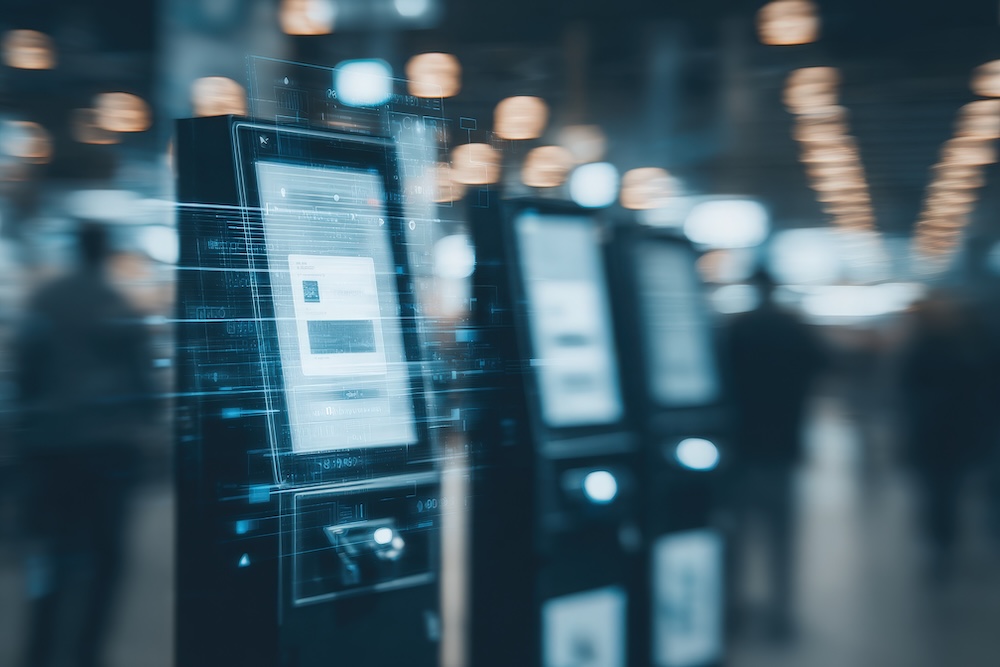Why IT Modernization is Crucial for Retail Store Innovation
Physical stores have an unfair rep for being the Luddites of modern retail. While digital commerce is forging ahead with multiple sales channels and continuous evolution of the shopping experience, bricks-and-mortar retail gets portrayed as foundering on the rocks of progress, stuck following operational models that are quite literally last century.
Like we say, it’s an unfair characterization. For a start, it dismisses the ongoing importance of physical retail in the wider sphere of commerce. According to Forrester, 72% of retail sales in the US will still come through stores in 2028.
Second, it misses the fact that store owners are almost without exception also website owners these days. They have their feet firmly in both worlds, and as such understand very well the need for progress and digital transformation in keeping up with consumer habits and expectations.
Most retailers also have a very clear understanding of what the future of physical retail will look like. They understand the need to play to the strengths of the in-person experience over digital, which centre around the ability to see and touch and use a product up close and personal. This heightened experiential side to physical retail also fuels more impulse buying, and consumers are more likely to make their mind up about an item if they can ‘try before they buy’ on some level compared to seeing a listing on a screen.
Store owners are also more than happy to lean into technology to accentuate these strengths. A survey of retail executives found that 63% see multi-purpose technologies as a top priority for store and CX design. Looking forward, most retail commentators expect current technologies like self-service, mobile POS and digital signage for retail media to be complemented by the likes of AR and VR for digitally augmented immersive experiences, ‘endless aisle’ merchandising via screens, and the pervasive use of AI to improve targeting and personalization.
Yet the one valid question that can be pointed at physical retail compared to online is this. All of the technologies listed above are readily available and relatively mature. In that case, what haven’t the ‘stores of the future’ arrived yet?
IT a different way
The answer is that innovation in bricks-and-mortar retail is often hindered by outdated IT infrastructures that are ill-equipped to support the next phase of the digital transformation journey. The biggest lesson physical retailers can learn from the digital sphere is that innovation in IT foundations is key to unlocking possibilities in the ‘front-end’ tech that delivers the winning customer experiences.
The archetypal example here is Amazon. While the eCommerce giant is known the world over for pioneering next- and same-day deliveries, bundling streaming services into a loyalty/benefits scheme (Prime), voice commerce (Alexa) and more, arguably its most important innovation was Amazon Web Services (AWS), the massive, futuristic cloud computing operation that powers it all (and much of the rest of the web these days).
Amazon’s ability to change the face of digital retail was founded on doing IT a different way.
In physical retail, by contrast, modern solutions are still being deployed on legacy IT stacks. This means a tendency towards siloed systems, single-use hardware, a lack of integration, a lack of agility.
The more new technologies you try to load into this kind of set up, the more operational complexities and, eventually, costs multiply. According to McKinsey, the answer lies in following the example of Amazon and other digital giants – investing in underlying IT infrastructures based around principles and technologies such as cloud-first, containerization and microservices.
The modern IT way is all about separation of functions, connecting everything in a modular fashion so parts are not dependent on the whole and you can roll out, replace and innovate at scale and speed. But still, that level of integration is there so that rather than having your POS, your supply chain management, your ecommerce etc all operating in isolation, data can flow freely across the business and be used as and when required to drive improvements.
With this kind of modernized IT infrastructure in place, retailers can look forward to driving operational efficiencies and reducing costs. As well as opening the door to integrating new technologies that will improve the customer experience, retailers can reap rewards from automating routine tasks, streamlining processes, and eliminating manual errors.
In conclusion, building ‘future stores’ requires a solid foundation of modern IT. By prioritizing IT modernization, retailers can unlock the full potential of emerging technologies, improve operational efficiency, enhance customer experiences, and mitigate risks. It’s an investment sure to pay dividends in the long run.
Latest News

KEEP IN TOUCH
NEWSLETTER SIGN UP
| Products | Customer Portal | Contact | About Us |
1663 Fenton Business Park Court,
Fenton, MO 63026




